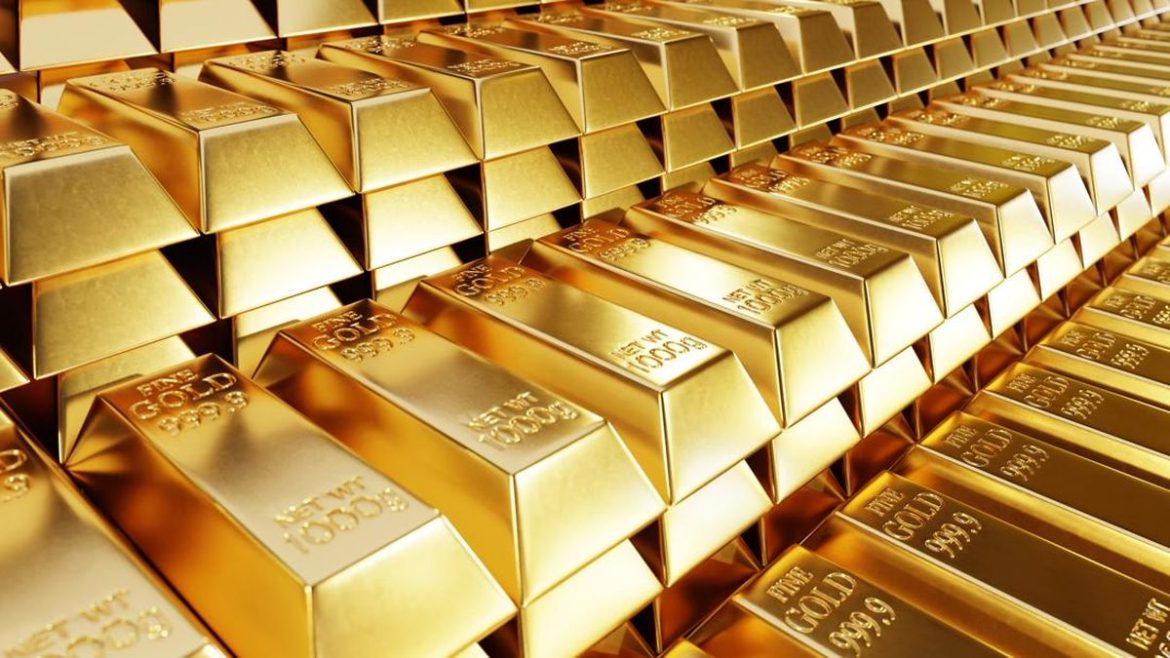Unmasking the Real Cause Behind the Global Gold Price Plunge
The gold price crash has left investors across the globe reeling, as the once-reliable safe haven asset witnessed a dramatic decline. Gold, traditionally viewed as a hedge against inflation and economic uncertainty, has recently suffered one of its steepest downturns in years. Understanding the forces behind this crash reveals much about the changing dynamics of global finance and investor psychology.
The Sudden Drop: A Shock to the Markets Unmasking
Gold’s value began slipping as global markets absorbed mixed signals from the U.S. Federal Reserve. When the Fed hinted at maintaining higher interest rates for a prolonged period, the appeal of non-yielding assets like gold declined sharply. Investors began moving their capital toward interest-bearing assets such as bonds and U.S. treasuries, triggering a sell-off that sent gold prices tumbling.
Moreover, strengthening of the U.S. dollar compounded the pressure. Since gold is priced in dollars, a stronger greenback makes it more expensive for holders of other currencies, reducing global demand and accelerating the decline.
The Hidden Players Behind the Scene Unmasking
While macroeconomic policy is a major factor, the culprit behind the gold price crash also lies in institutional behavior. Hedge funds and large investment groups have been aggressively shorting gold futures, betting on continued rate hikes and a resilient U.S. economy. This speculative wave created a self-fulfilling cycle—driving prices even lower as confidence eroded among retail investors.
Central banks have also played an indirect role. Some emerging economies, facing currency instability or fiscal pressure, have been quietly offloading portions of their gold reserves to secure liquidity. These sales, while limited, have sent negative signals through commodity markets, intensifying bearish sentiment.
Investor Sentiment and Psychological Factors
Investor psychology has proven just as influential as economic policy. Over the past decade, gold was championed as a symbol of security amid crisis—from the pandemic era to geopolitical turmoil. However, as inflation eased and stock markets rebounded, many traders began questioning gold’s immediate relevance. The rush to alternative assets like cryptocurrencies and AI-driven tech stocks further diverted attention and investment away from precious metals.
Media narratives also amplify panic. Headlines warning of “the end of gold’s golden era” influence retail traders, who often react emotionally to volatility. The resulting wave of sell-offs tends to magnify temporary dips into full-scale market crashes.
Global Impacts: Winners and Losers
The consequences of the gold plunge are far-reaching. Mining economies such as South Africa, Australia, and Indonesia face revenue pressures as export values decline. Conversely, jewelry manufacturers and industrial users benefit from cheaper raw materials.
For central banks and long-term investors, this downturn presents both risk and opportunity. Those with sufficient reserves may seize the chance to accumulate gold at lower prices, anticipating a rebound once market fundamentals stabilize.
The Road to Recovery
History suggests that gold’s decline may be temporary. As inflation data fluctuates and the global economy encounters new uncertainties—ranging from political instability to potential debt crises—demand for safe-haven assets is likely to return. Analysts predict that once interest rates plateau and the dollar weakens, gold could reclaim its upward trajectory.
In the meantime, savvy investors are watching closely, recognizing that today’s crash could become tomorrow’s buying opportunity.
Conclusion: The Lesson Behind the Crash
Ultimately, the real cause of the gold price crash is a complex interplay between economic policy, market speculation, and shifting investor psychology. Rather than signaling the end of gold’s value, it marks a period of correction and recalibration in a rapidly evolving global financial system. As history has shown time and again, gold’s luster may fade temporarily—but it rarely disappears for long.



